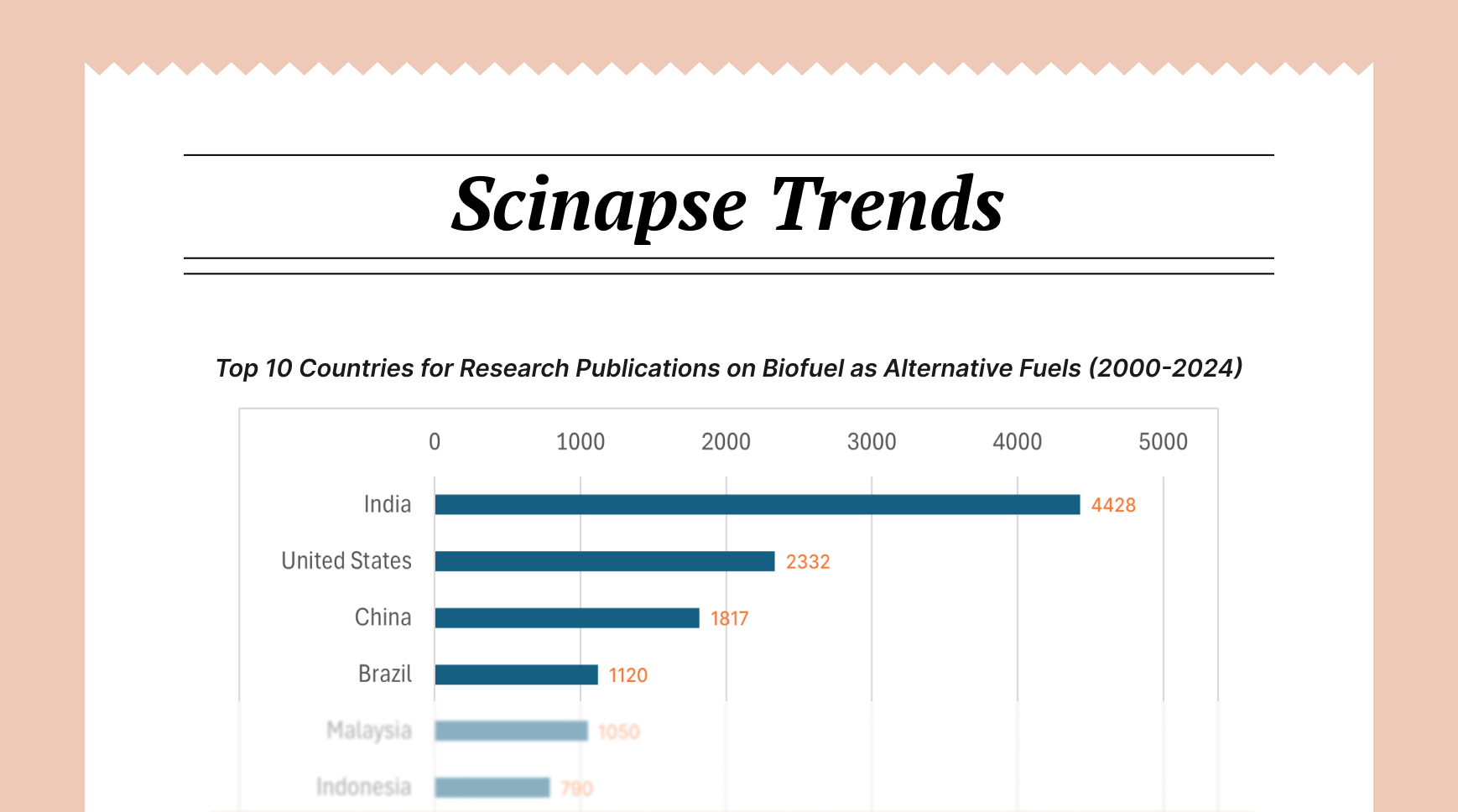Recent Advances in Understanding and Targeting Liver Injury and Cancer (2020-2024)
Liver Injury & Cancer Update: Hepatoprotection, HCC treatment (TACE), prognosis/biomarkers & ASPH's role explored.
Introduction
The liver, a vital organ responsible for detoxification and metabolism, is susceptible to various insults, including toxins, infections, and autoimmune disorders, leading to acute and chronic liver injury and cancer. This mini-review summarizes recent advancements in understanding the mechanisms of liver injury and exploring novel therapeutic strategies, focusing on studies published within the past five years. The review highlights research trends in hepatoprotection, hepatocellular carcinoma (HCC) treatment, and the role of specific proteins in cancer progression.
Hepatoprotective Strategies Against Liver Injury
A significant portion of recent research has focused on identifying and characterizing hepatoprotective agents against various forms of liver injury. Studies have investigated the protective effects of natural compounds against toxin-induced liver damage. For example, Muhammad Umar Ijaz's research group has consistently demonstrated the hepatoprotective effects of astragalin against polystyrene microplastics-induced hepatic damage, highlighting the modulation of the Nrf-2/Keap-1 pathway as a key mechanism (Ali Hamza et al., 2020, Journal of Functional Foods; Ali Hamza et al., 2021, Journal of Functional Foods; Ali Hamza et al., 2022, Journal of Functional Foods; Ali Hamza et al., 2023, Journal of Functional Foods). This group has also shown the hepatoprotective potential of genkwanin against aflatoxin B1-induced toxicity (Muhammad Umar Ijaz et al., 2021, Pakistan Veterinary Journal; Muhammad Umar Ijaz et al., 2022, Pakistan Veterinary Journal) and tectochrysin against cisplatin-induced hepatotoxicity (Muhammad Umar Ijaz et al., 2023, Pakistan Veterinary Journal).
Other studies have explored the mechanisms of action of various compounds in alleviating liver injury. Guanghong Xie's group investigated pterostilbene's hepatoprotective effects in LPS/D-Gal-induced acute liver injury in mice (Ziyi Liu et al., 2020, Inflammation). Yaxin Wang's and Kaixiong Tao's research showed the protective role of 4-Octyl Itaconate in LPS/D-GalN-induced acute liver failure by inhibiting inflammation, oxidative stress, and apoptosis (Ruidong Li et al., 2021, Oxidative Medicine and Cellular Longevity). Yan Gu's and Wencong Liu's groups demonstrated that dihydromyricetin reverses thioacetamide-induced liver fibrosis through inhibiting NF-κB-mediated inflammation and TGF-β1-regulated PI3K/Akt signaling pathway (Yingchun Zhao et al., 2021, Front. pharmacol.). More recently, Yueping Jiang's group found that graveoline attenuates D-GalN/LPS-induced acute liver injury via inhibition of JAK1/STAT3 signaling pathway (Jia He et al., 2024, Biomedicine & Pharmacotherapy). These studies highlight the importance of understanding the molecular mechanisms underlying liver injury to develop effective therapeutic interventions.
Advances in Hepatocellular Carcinoma (HCC) Treatment and Prognosis
Research on HCC has focused on improving treatment strategies and identifying prognostic markers. Several studies have investigated the efficacy of transcatheter arterial chemoembolization (TACE), a common treatment for HCC. Hiroshi Aikata's group evaluated the efficacy and safety of lenvatinib-TACE sequential therapy for intermediate-stage HCC (Yuwa Ando et al., 2021, Oncology). Miyuki Sone's group conducted a randomized controlled study comparing conventional TACE with drug-eluting beads TACE (Masafumi Ikeda et al., 2022, Liver Cancer). Xiangchun Ding's and Xia Luo's groups performed a retrospective study comparing drug-eluting beads TACE and conventional TACE (Hai Long et al., 2024, Technology in Cancer Research & Treatment). Li Xu's and Ming Shi's groups analyzed hepatic arterial infusion chemotherapy plus lenvatinib and PD-1 inhibitor for patients with advanced intrahepatic cholangiocarcinoma (YeXing Huang et al., 2024, Front. immunol.).
Several studies have also investigated the prognostic value of various biomarkers in HCC. Jakob M. Riedl's group showed that the AST/ALT ratio is an independent prognostic marker for disease-free survival in colorectal carcinoma (Lukas Scheipner et al., 2020, Anticancer Research; Lukas Scheipner et al., 2021, Anticancer Research). Lingxiao Liu's group investigated the prognostic role of the AST/ALT ratio in HCC patients receiving thermal ablation combined with simultaneous TACE (Feihang Wang et al., 2022, BMC Gastroenterology; Feihang Wang et al., 2023, BMC Gastroenterology). Hongbing Zhang's group identified oncogenic β-catenin stimulation of AKT2–CAD-mediated pyrimidine synthesis as a targetable vulnerability in liver cancer (Fangming Liu et al., 2022, Proceedings of the National Academy of Sciences). Hu Zhou's, Wencheng Zhu's, and Xiongjun Wang's groups found that elevated nuclear PHGDH synergistically functions with cMyc to reshape the immune microenvironment of liver cancer (Hongwen Zhu et al., 2023, Advanced Science).
Aspartate β-Hydroxylase (ASPH) in Cancer
Several studies have focused on the role of Aspartate β-Hydroxylase (ASPH) in cancer. Ruth Tachezy's group has investigated ASPH as a target for cancer therapy (Madiha Kanwal et al., 2020, Journal of Experimental & Clinical Cancer Research). Roberto Benelli's group explored ASPH as a promising target to limit the local invasiveness of colorectal cancer (Roberto Benelli et al., 2020, Cancers (Basel)). Ziyu Li's group showed that ASPH serves as a prognostic biomarker for neoadjuvant chemotherapy in gastric cancer (Xuejun Gan et al., 2022, International Journal of Molecular Sciences; Xuejun Gan et al., 2023, International Journal of Molecular Sciences). More recently, Michal Šmahel's group found that ASPH regulates the expression of Ly6 genes (Madiha Kanwal et al., 2024, Journal of Cancer). These findings suggest that ASPH plays a significant role in cancer progression and could be a potential therapeutic target.
Conclusion
Recent research has significantly advanced our understanding of liver injury and cancer. Studies have identified novel hepatoprotective agents and elucidated their mechanisms of action. Advances in HCC treatment include the evaluation of combination therapies and the identification of prognostic biomarkers. The role of ASPH in cancer progression has also been further explored, highlighting its potential as a therapeutic target. Future research should focus on translating these findings into clinical applications to improve the prevention and treatment of liver diseases and cancer.
✨ About This POST
This mini-review post was generated through Scinapse. Scinapse provides reliable research trend analysis using citation analysis and AI technology.
Check out the trends in your field too!
Get started at https://scinapse.io


Comments ()